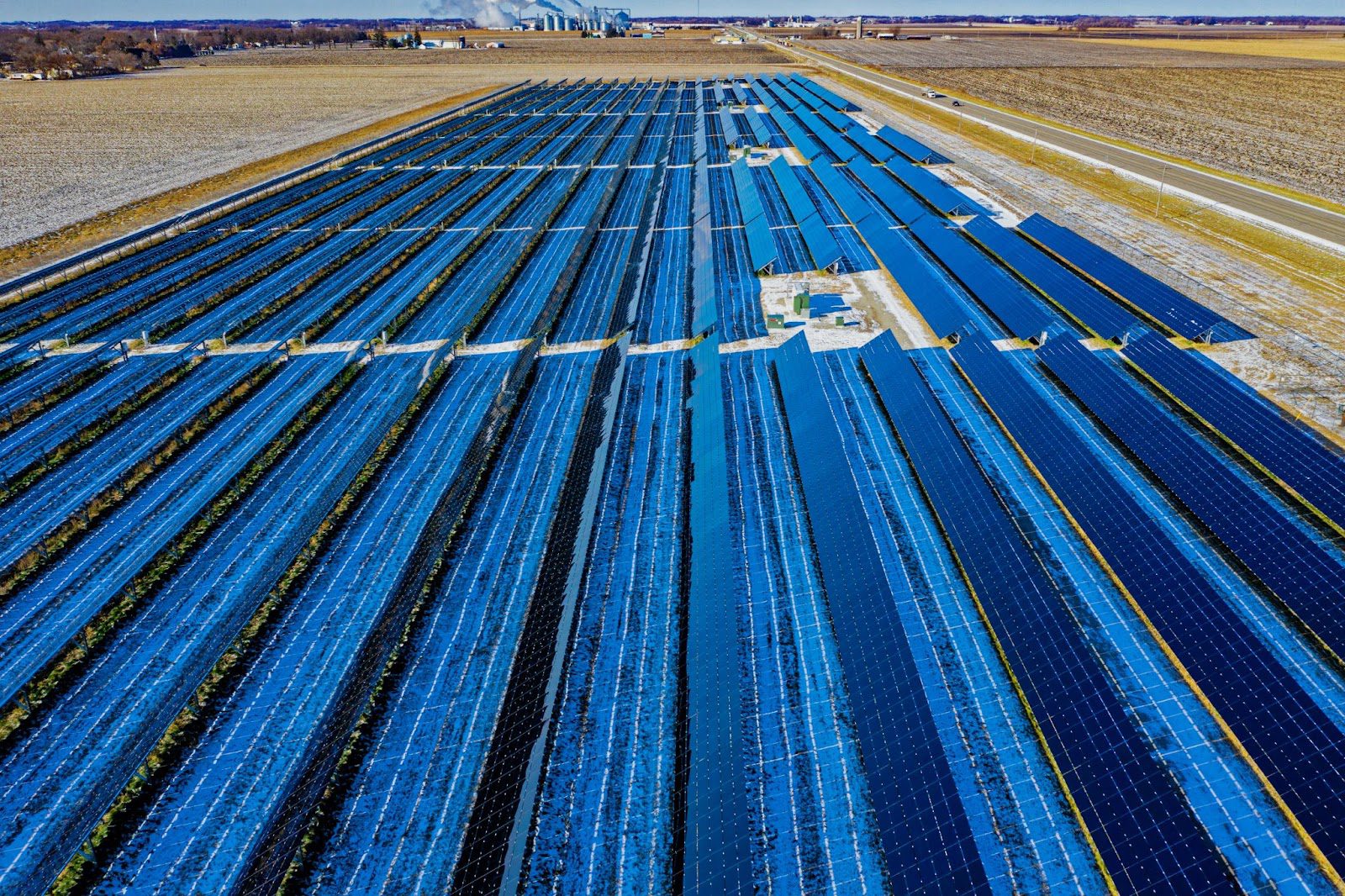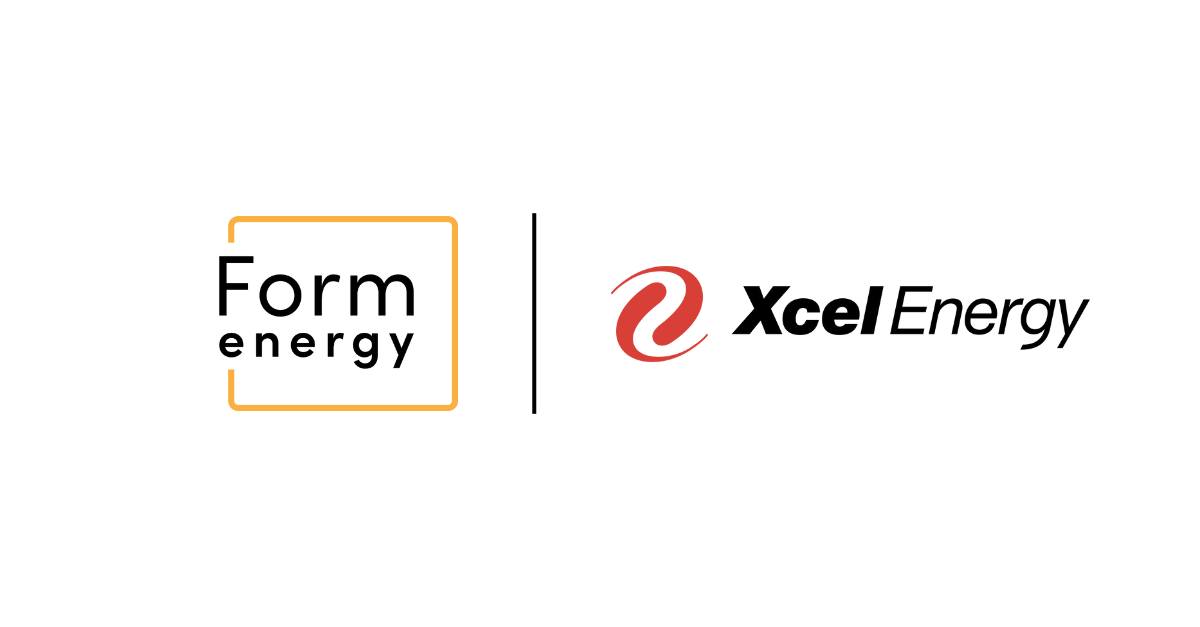The Department of Energy (DOE) has invested $325 million toward long-duration battery storage solutions throughout the United States. Much of the investment is focused on new technology that can turn wind and solar into 24-hour power. The funds will be distributed among 15 projects in 17 states and the Red Lake Nation of Minnesota.
The projects are designed to improve the resilience of community power grids and protect more communities from blackouts. They will also make energy more affordable for all.

Photo Courtesy Tom Fisk
“Everywhere in the U.S. has issues with intermittent renewable energy … every day the sun sets and you have to be able to take the energy that you produced during the day and use that at nighttime,” Christopher Rahn, professor of mechanical engineering at Pennsylvania State University, told the Associated Press.
Battery energy storage systems enable energy from renewables, such as solar and wind, to be stored and released when the power is needed most. Increased demand for a cleaner, more dynamic power grid has led to a recent uptick in the construction of new energy storage projects, most of which are more efficient than their predecessors.
To qualify for the new federal funding, the storage must last longer than the four hours typical of lithium-ion batteries.
“Long-duration battery storage is like a rainy-day savings account for energy storage,” said Jodie Lutkenhaus, a chemical engineering professor at Texas A&M University.

Photo Courtesy engineering.tamu.edu
Companies from coast to coast are jumping on board to utilize these longer-lasting battery storage options. These include companies such as California’s Valley Children Hospital, which will install a battery system to combat potential climate-driven power outages, and The Second Life Smart Systems, which will use old electric vehicle (EV) batteries for backup power for senior centers, EV chargers, and affordable housing complexes in Georgia, South Carolina, California, and Louisiana.
A project led by Xcel Energy in partnership with long-term battery manufacturer Form Energy will deploy two 10-megawatt batteries that last up to 100 hours at the site of now-shuttered coal plants in Becker, MN, and Pueblo, CO.
“Multi-day battery storage has the potential to help us better harness the renewable energy we generate while ensuring the grid remains reliable for our customers,” Bria Shea, regional vice president of regulatory policy for Xcel Energy Minnesota, said in a press release.

Photo Courtesy Form Energy
Overall, the DOE hopes that the funded projects prove the new technologies work at scale, helping utilities plan for longer-term storage, thus bringing costs down and making renewable energy more accessible for all homes and businesses across the United States.
“A cheap battery would remove the biggest hurdle to a renewables transition,” Elisabeth Moyer, associate professor of atmospheric science at the University of Chicago, said to the Associated Press.

Photo Courtesy geosci.uchicago.edu
Overall, the more battery storage available, the closer the country gets to its net zero emissions goals. Creating longer-term, affordable storage can unlock the door to moving the country’s dependence off polluting fossil fuels and onto a greener future led by the sun and wind.





